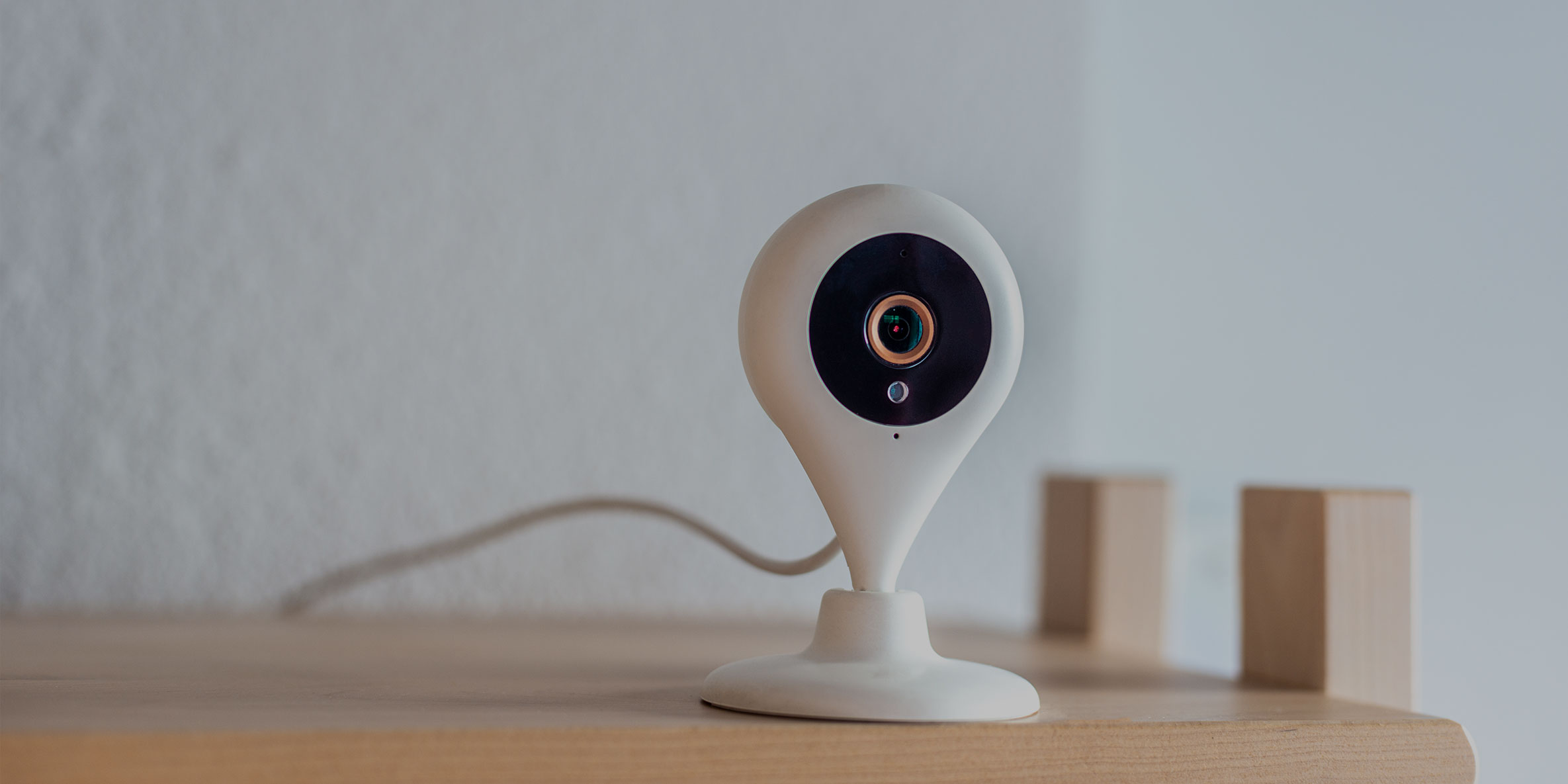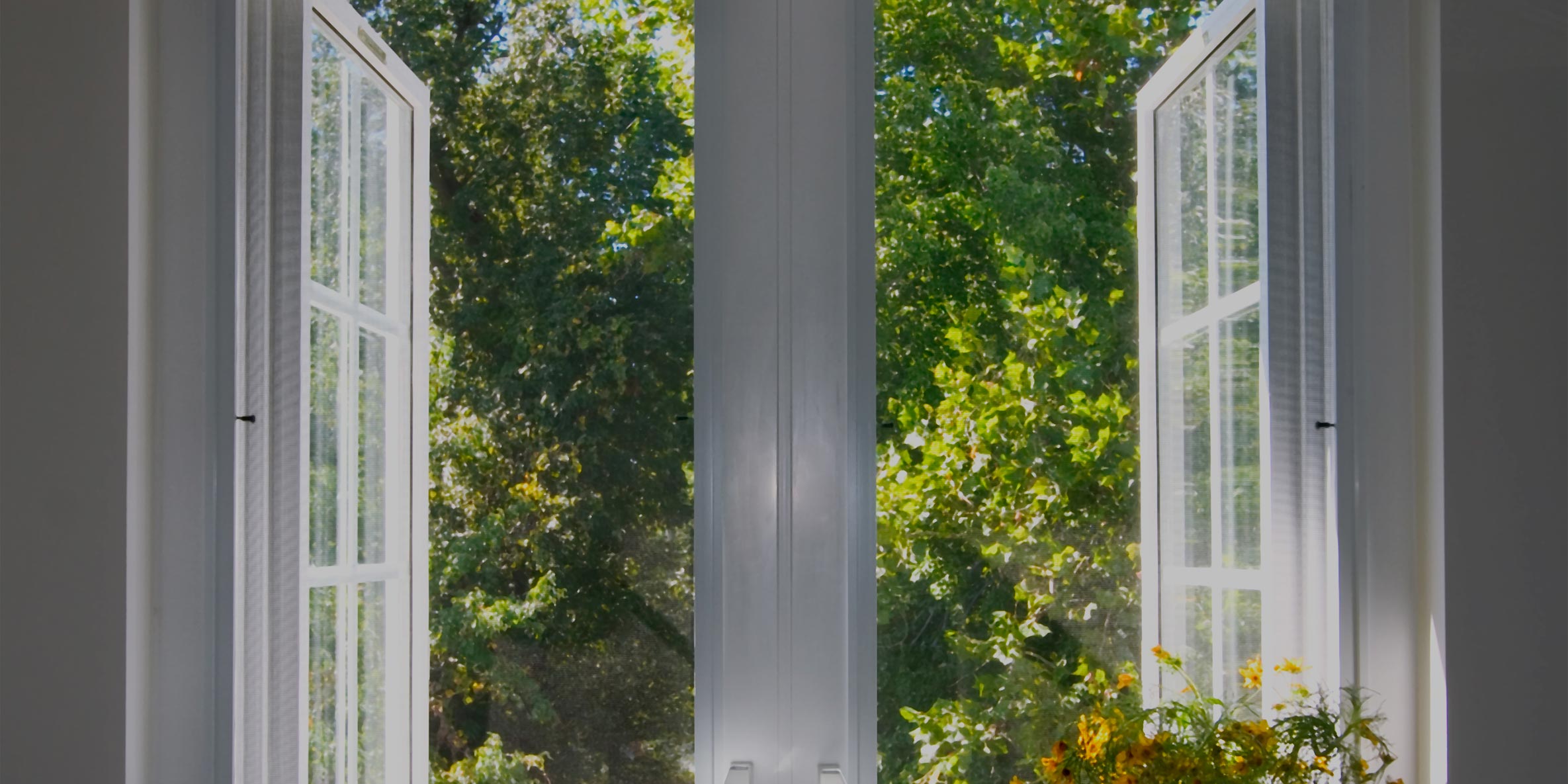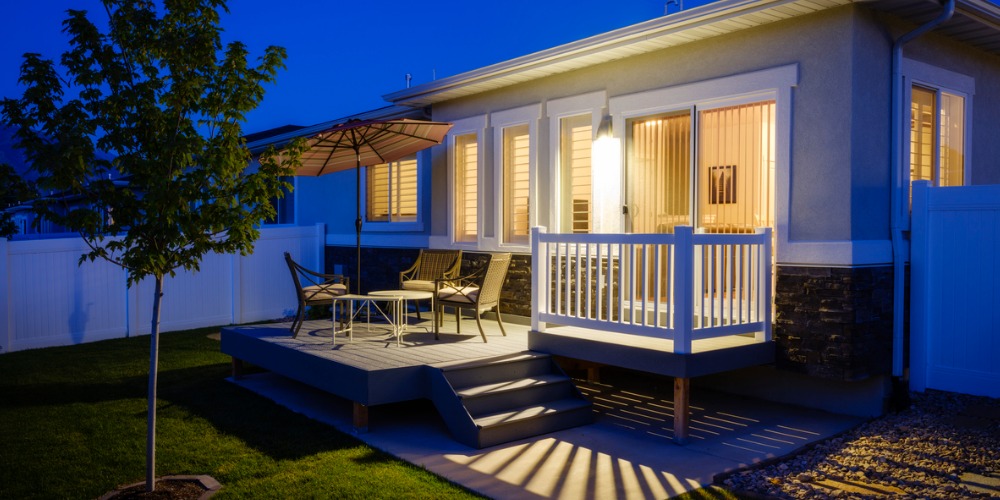Home automation lets you manage your household (lights, heating and cooling, locks, security system, etc.) through connected devices.
For many, it is an easy and affordable way to manage home security and energy consumption. For others, such as caretakers of elderly and disabled persons, home automation can be the ticket to eliminating worry—especially if you can’t physically check in on your loved ones.
With the CDC recommending social distancing to combat COVID-19, and the elderly and immunocompromised most at risk to the virus, caretakers are seeking new ways to ensure their aging loved ones are safe.
Here’s how home automation can provide your aging loved ones with a safe, convenient and independent lifestyle.
Simplify Daily Life for Elderly and Disabled Loved Ones
For elderly and disabled persons, home automation features provide home maintenance and safety assistance. When mobility is limited, certain tasks around the house can become difficult without support. The following technologies automate and streamline everyday activities so they can remain comfortable:
- Access control: Program the system to include names and unique codes for the people who need access. This could be family members, nurses or neighbors.
- Remote access: If the doorbell rings, a video feed can show who is at the door. Using the two-way intercom, your loved one can speak to the person on their doorstep (for example: “Leave the package there.”). If it is someone they know, they can unlock the door using a mobile device.
- Automated timers: Customize a home automation system to their schedule. Going to bed? Set the system to close the garage door, turn off main lights and turn on bedside lamps, lock doors and turn on video surveillance cameras with one command.
- Voice control: Utilize Alexa, Google Home or Siri in the home automation setup to control the security ecosystem. These smart assistants use voice commands to lock/unlock doors, check the status of your security system, record a video clip from your surveillance camera and more.
- Video cameras. A two-way voice video camera facilitates audio communication while also allowing family members or caregivers a visual check-in.
Improve Caretaker Oversight
Caregivers are an important part of an elderly or disabled person’s life—often coming to the home to offer support and assistance. However, given the current situation with COVID-19, frequent visits may not be possible. Home automation can help.
- Identify out-of-character activities: Understand your family member's activity pattern and get an alert if it's out of the ordinary so that you can call to check in.
- Keep in touch: Make sure your loved one is getting up and about with regular updates on their activity, and the ability to visually check in and talk with them from afar with cameras that offer two-way voice communication.
- Utilize alerts for irregular behavior: Be notified of irregular behavior immediately such as leaving the house or opening their medicine cabinet at odd hours.
- Simplify daily routines: Automation for temperature, lights and security settings add convenience to the lives of elderly and disabled persons.
- Extend caregiving reach: Wellness can also be paired with more traditional Personal Emergency Response (PERS) pendants for a complete safety solution.
These solutions give aging and disabled family members more independence while still receiving necessary care. Additionally, they ensure caretakers that their loved ones are safe. For more ways in which home automation can simplify your life, feel free to contact us, or browse our personalized security solutions here.



